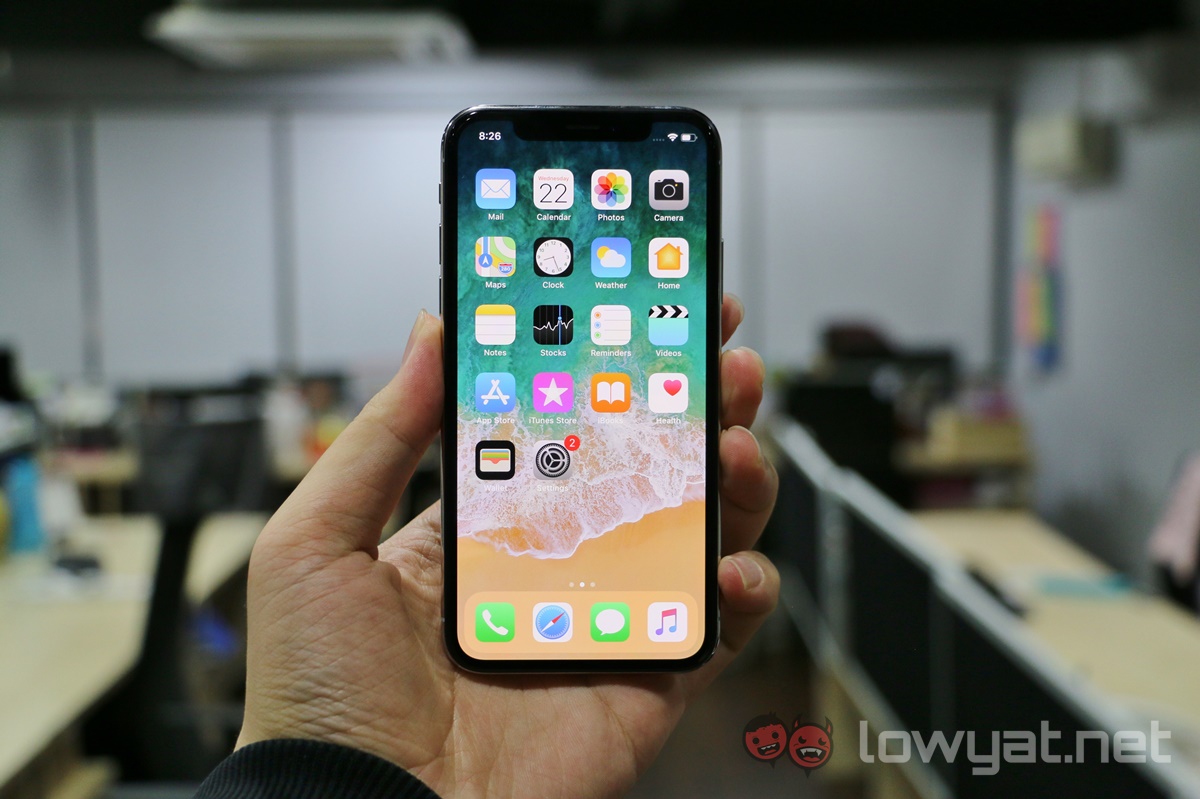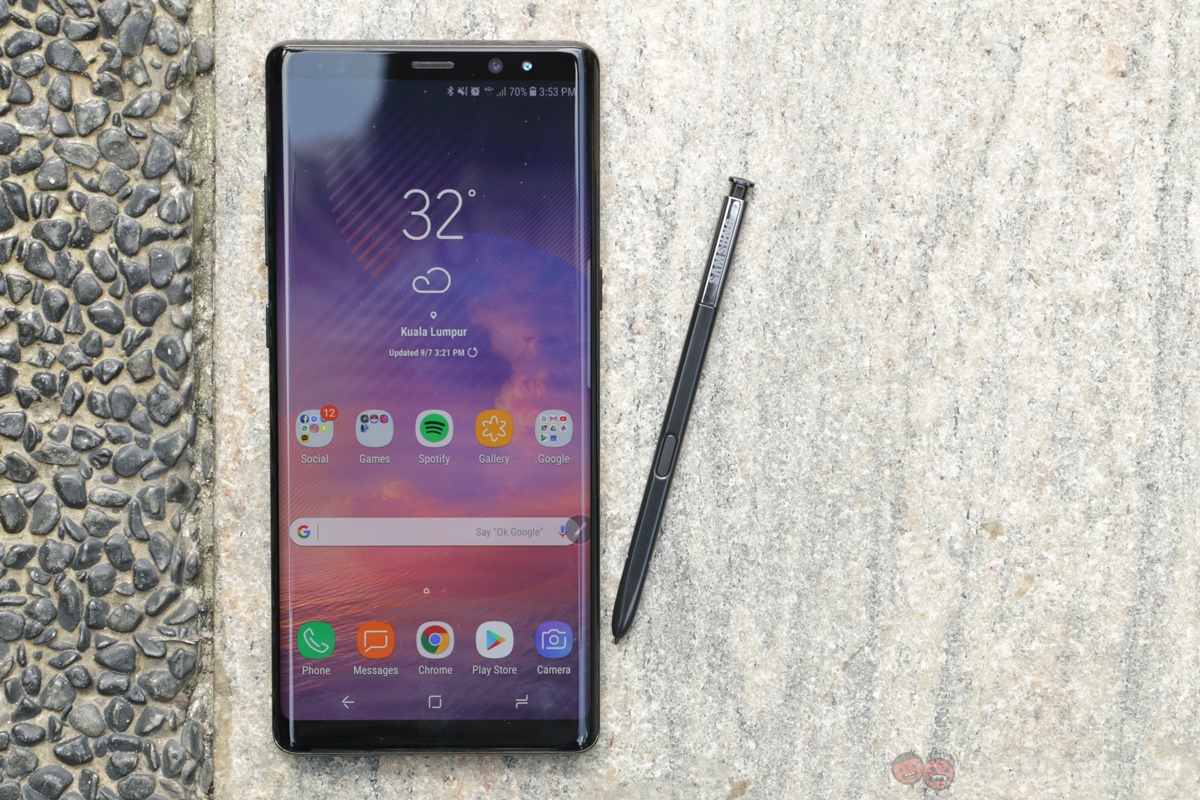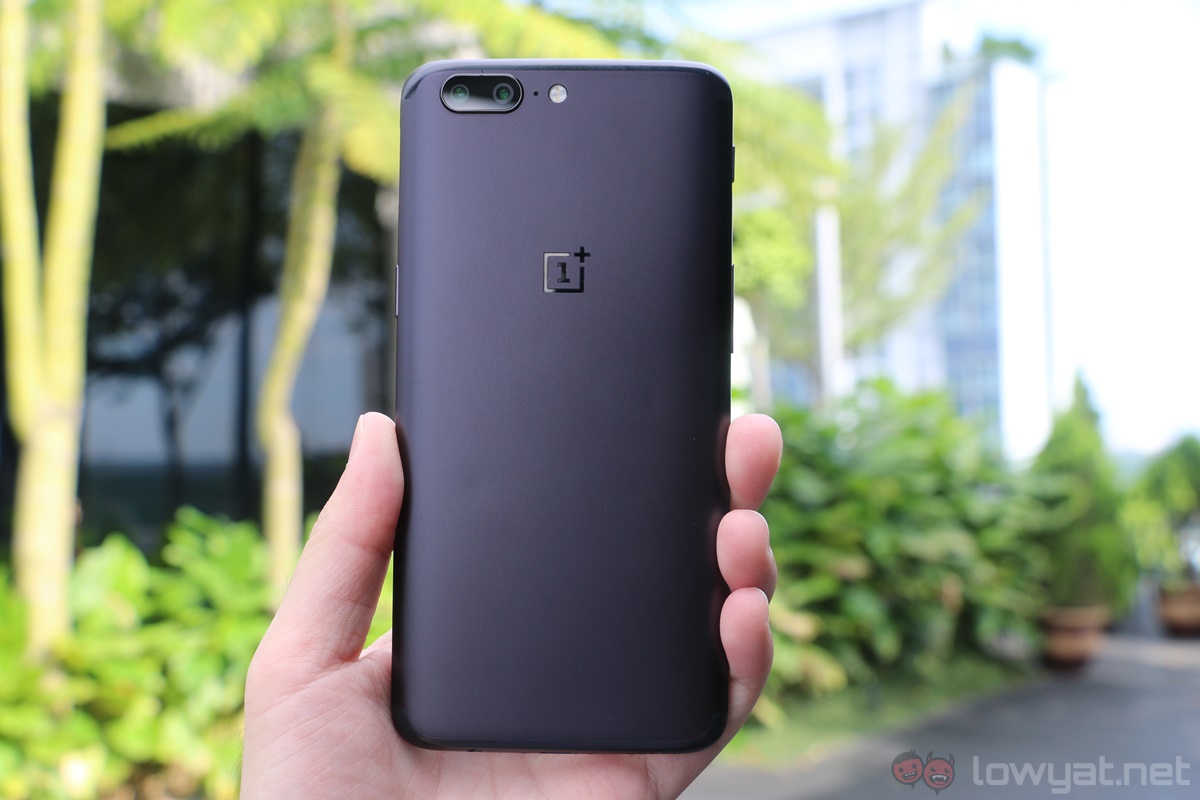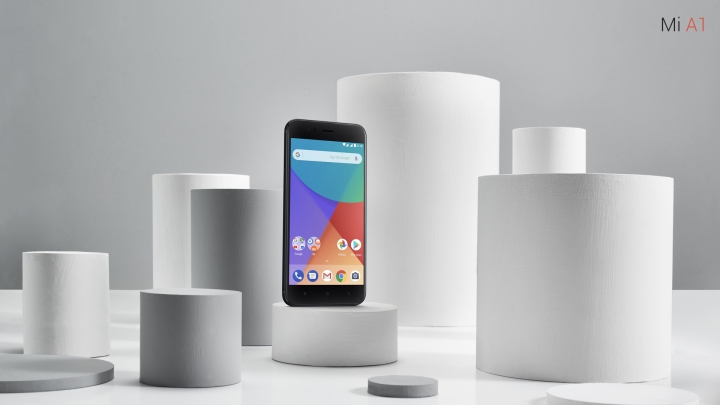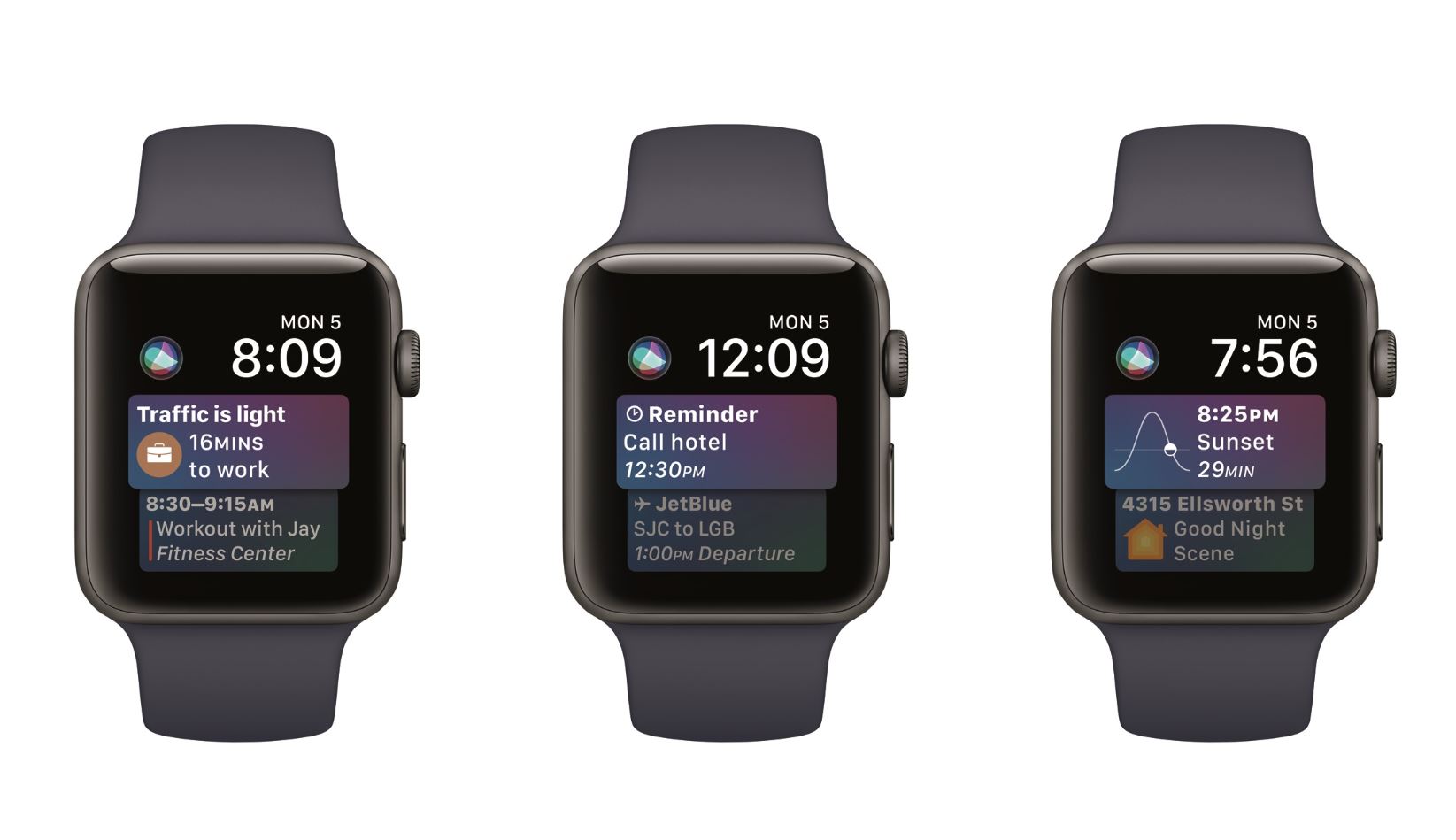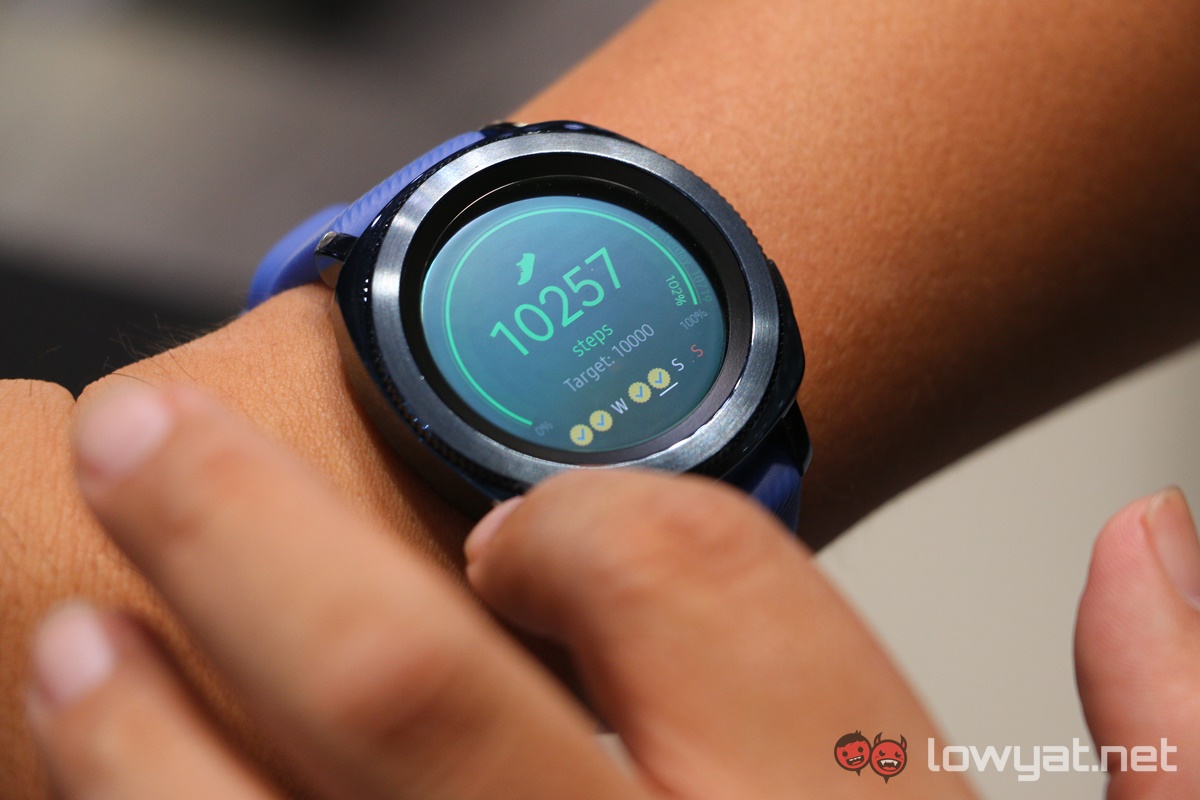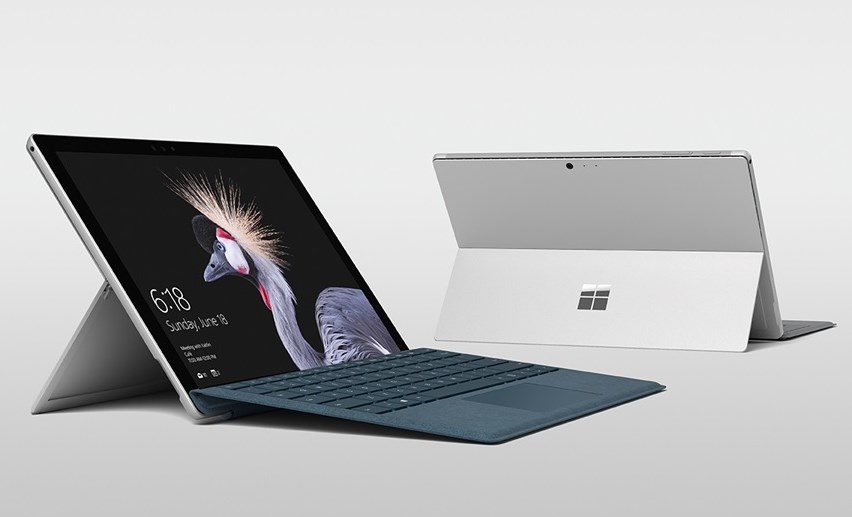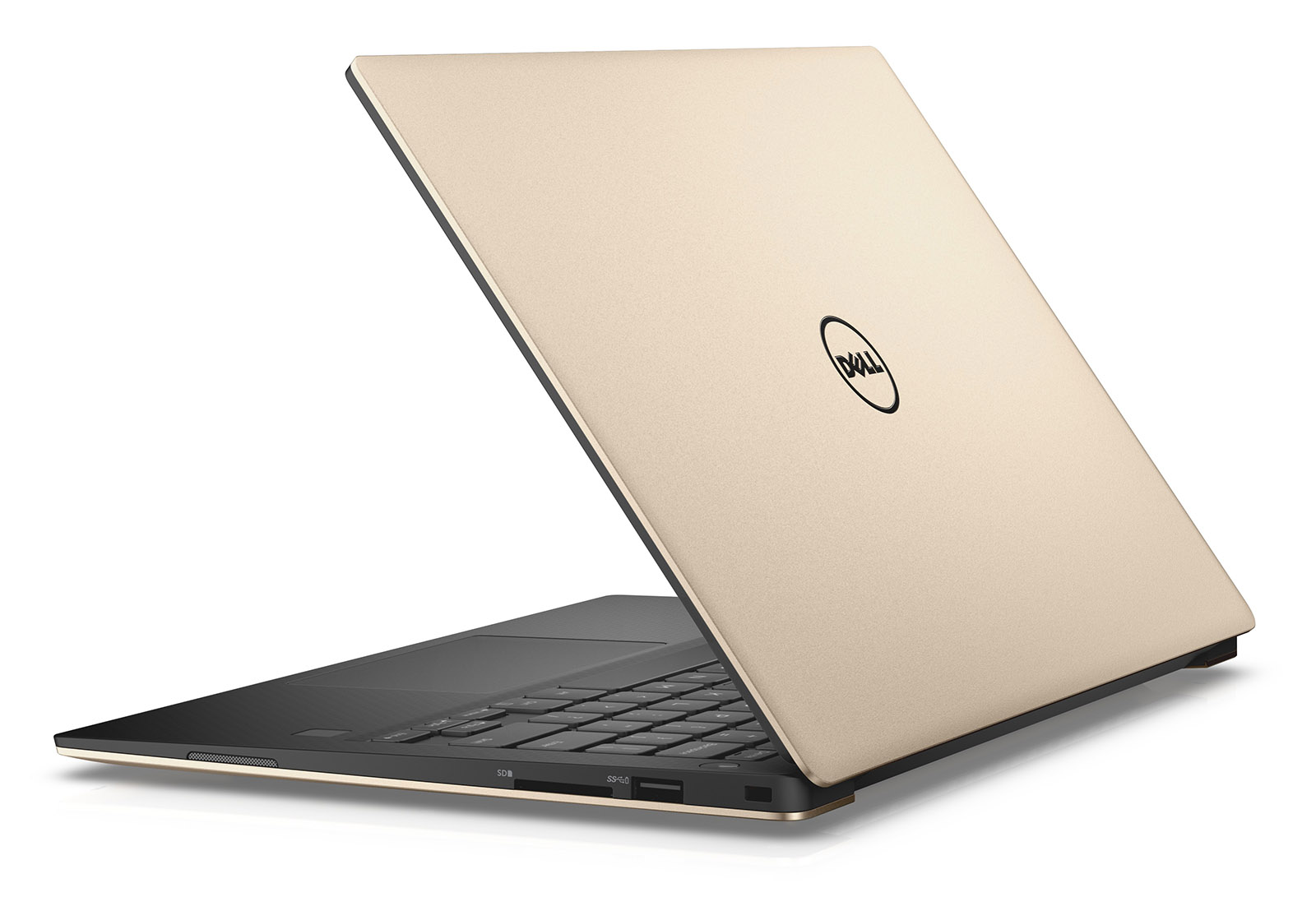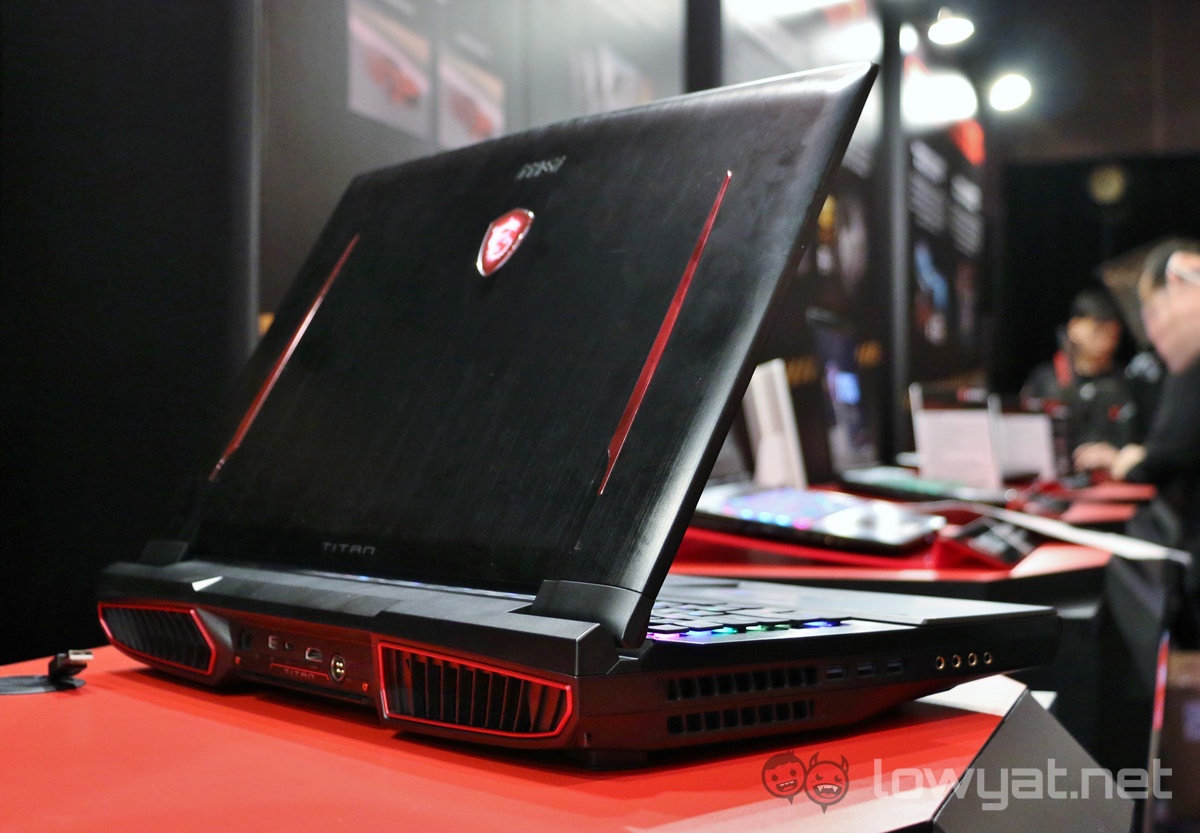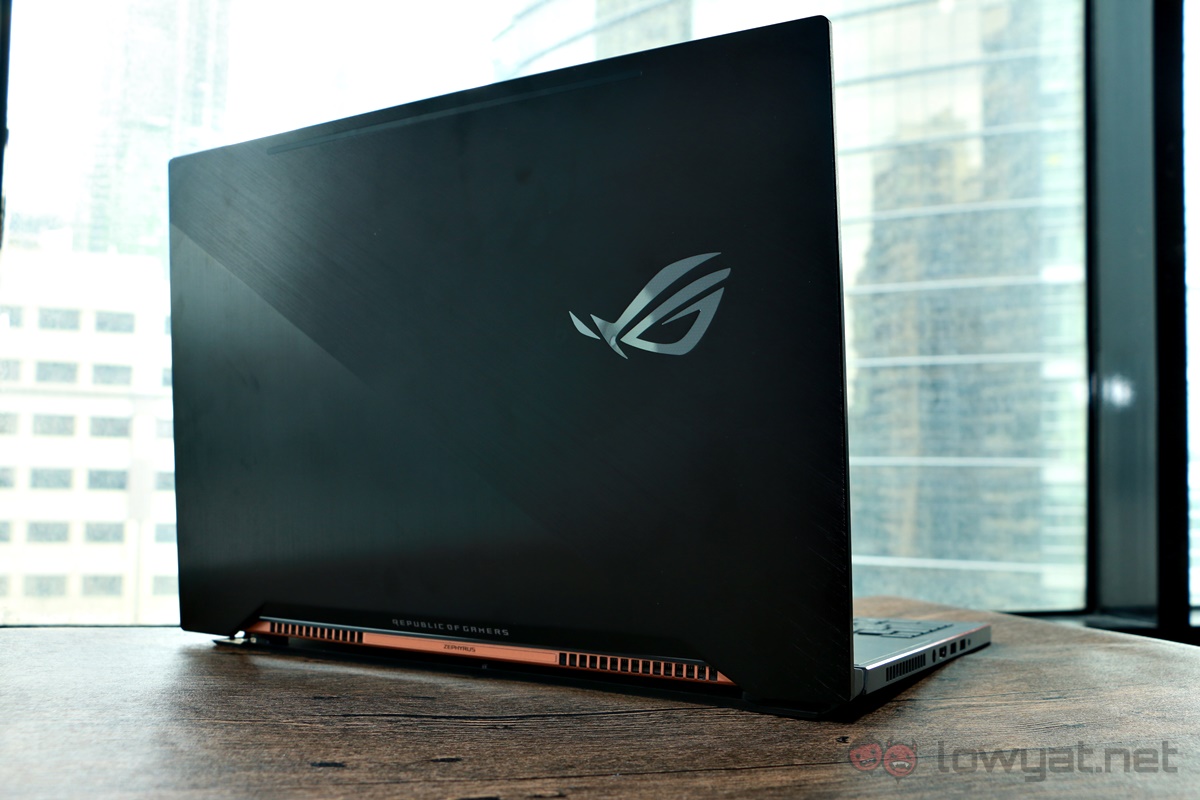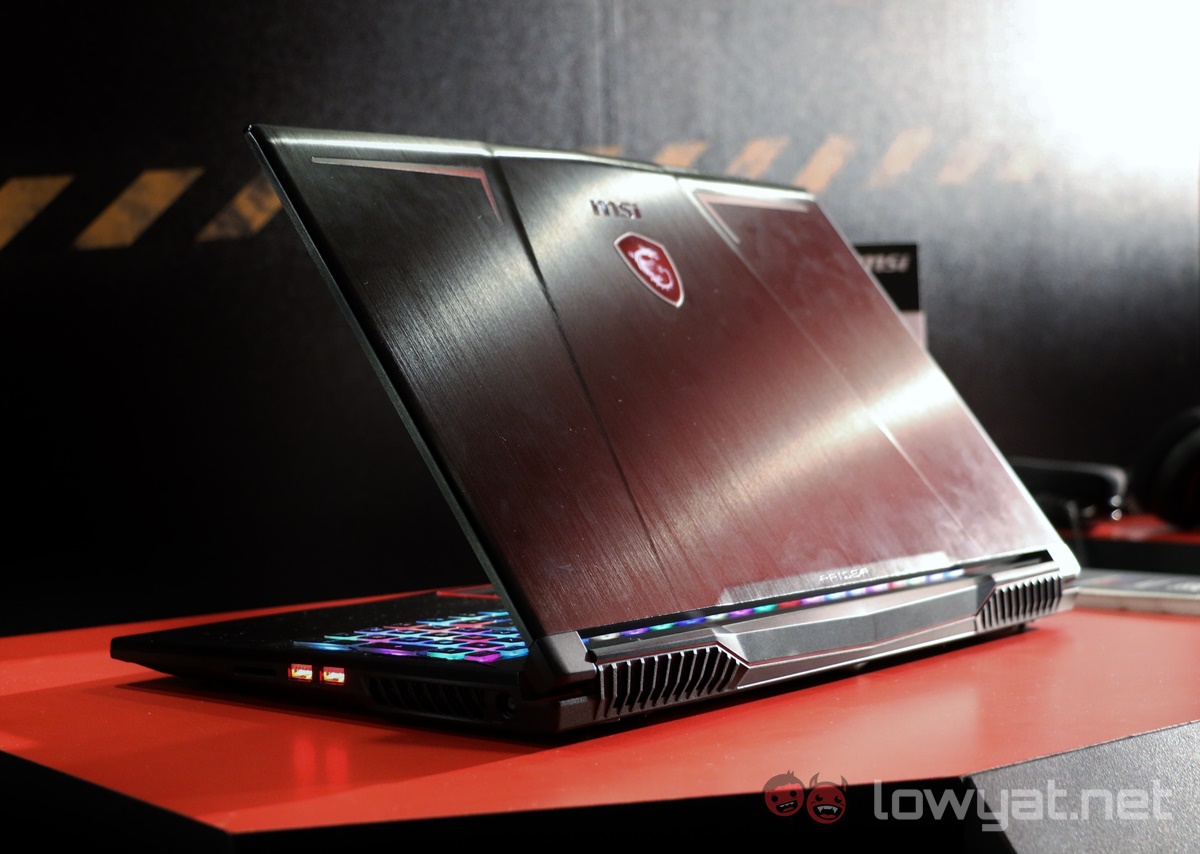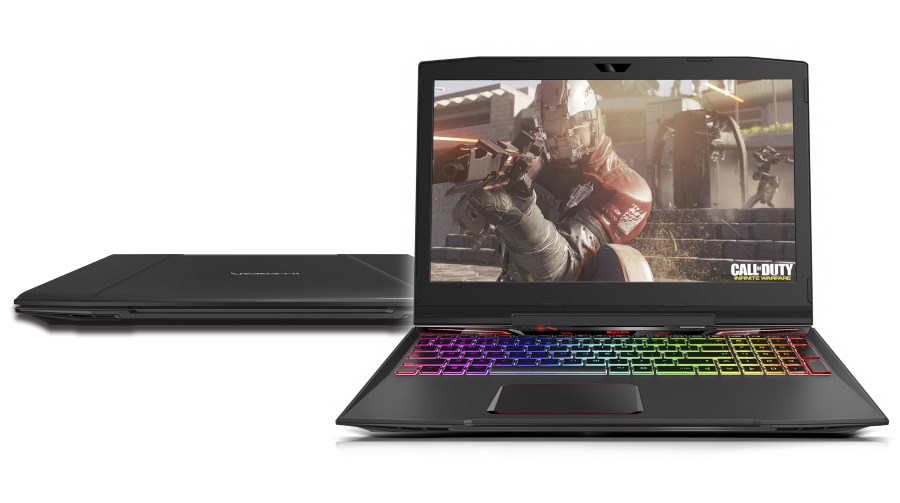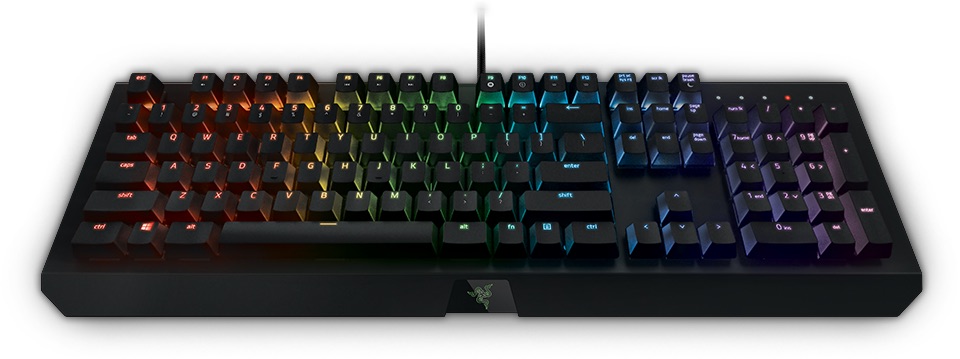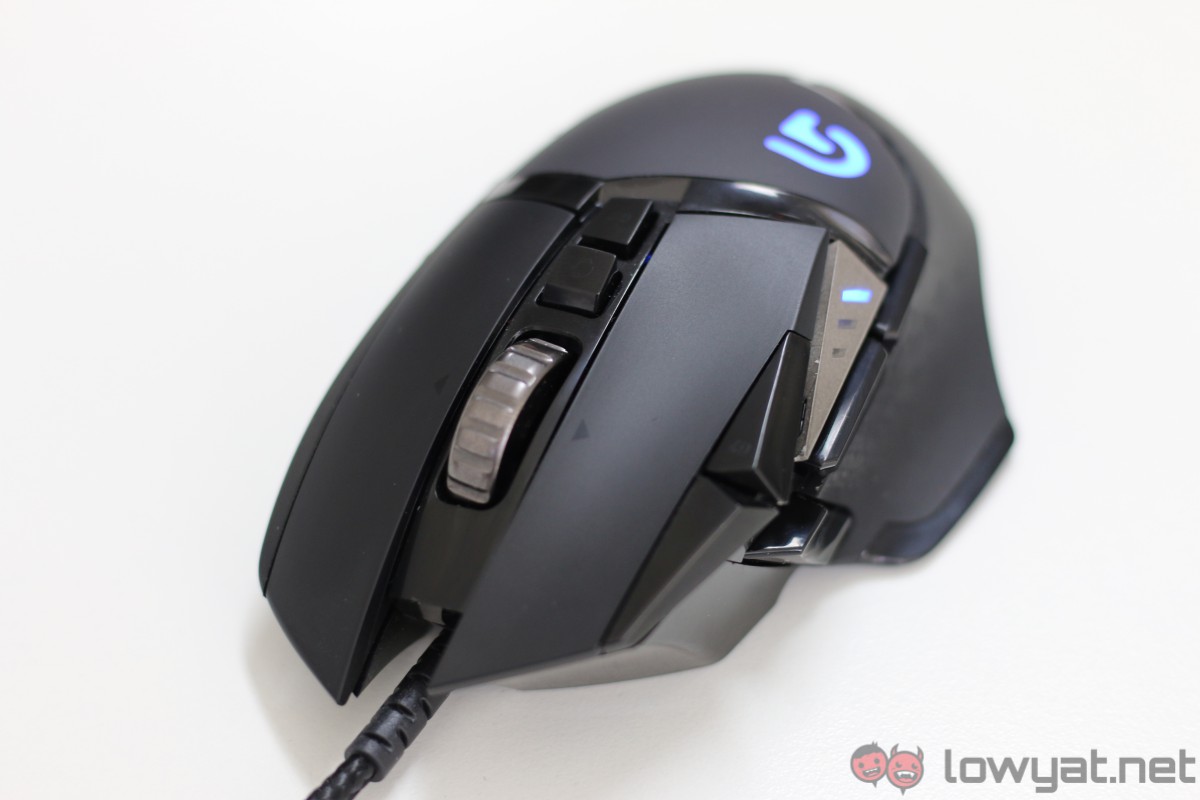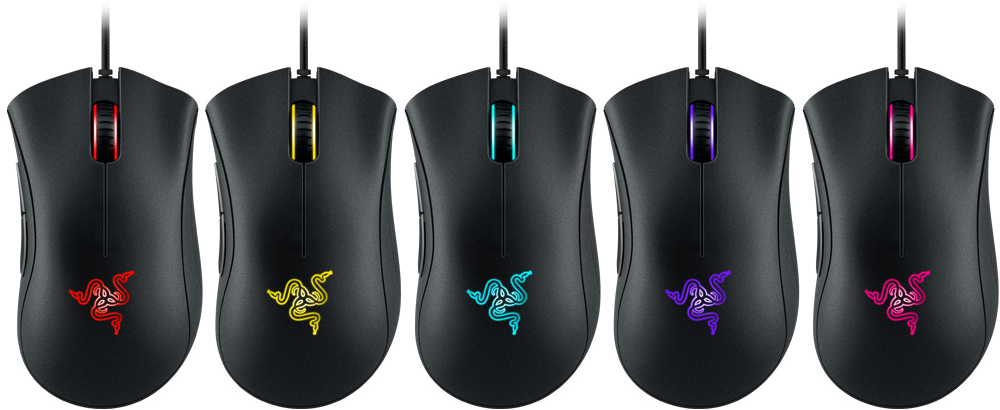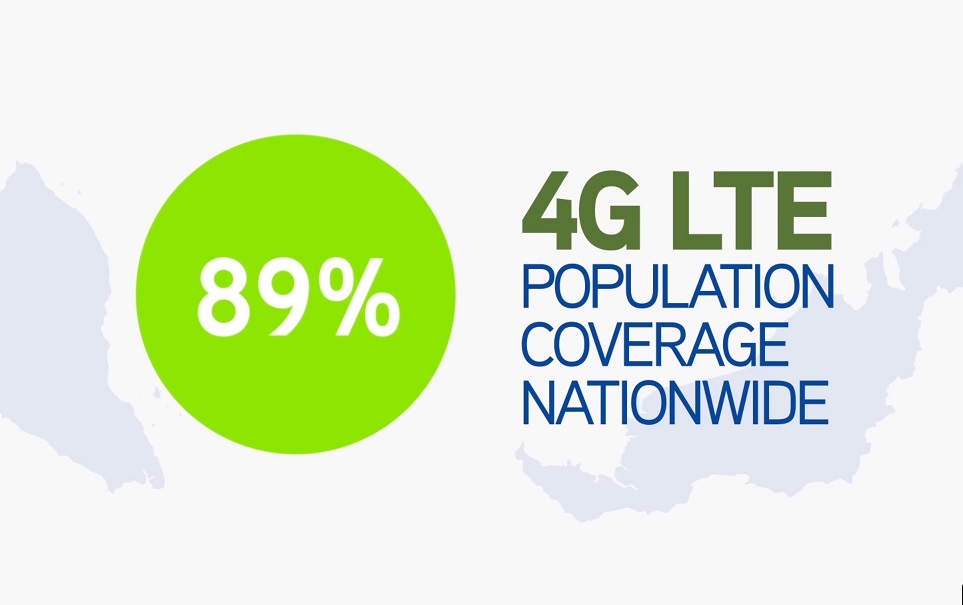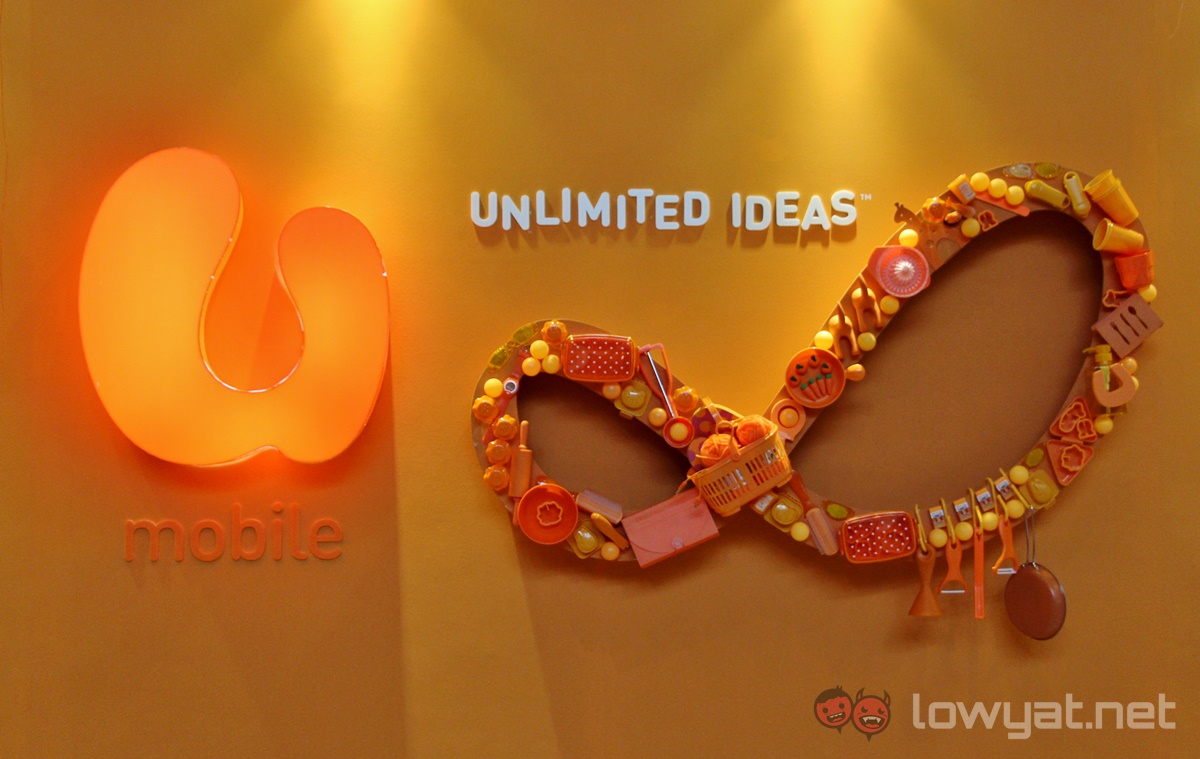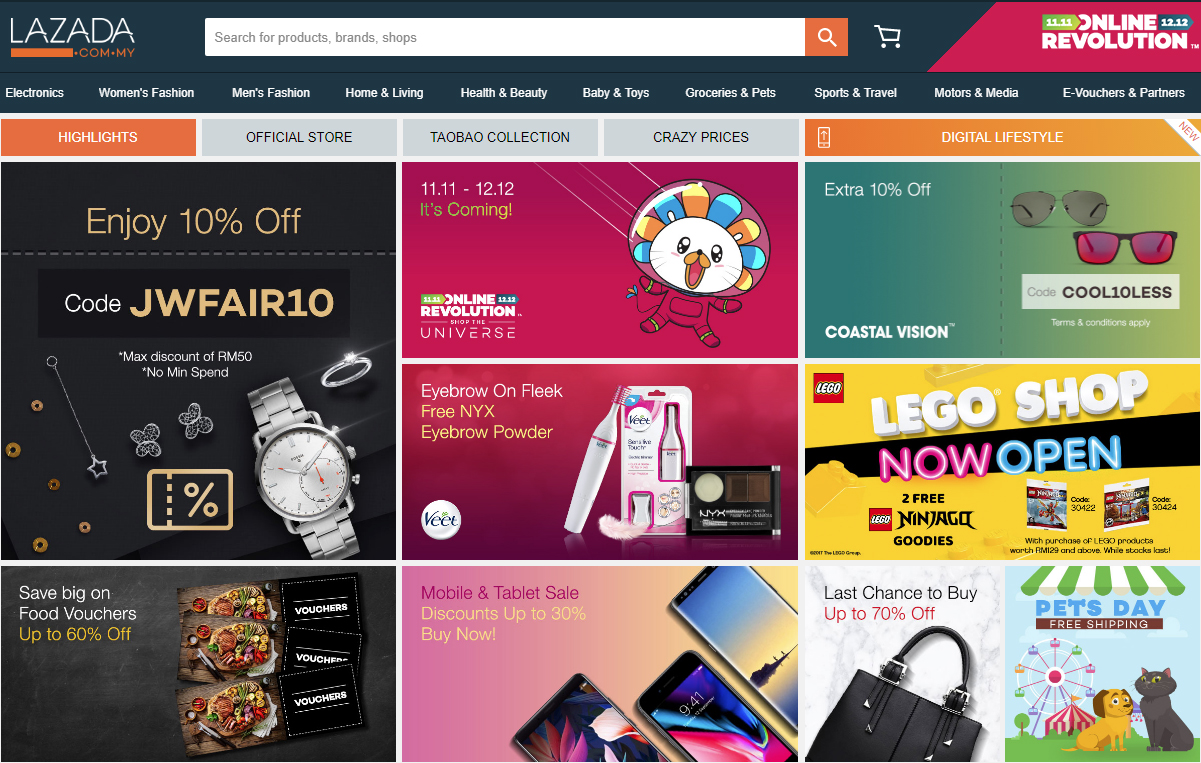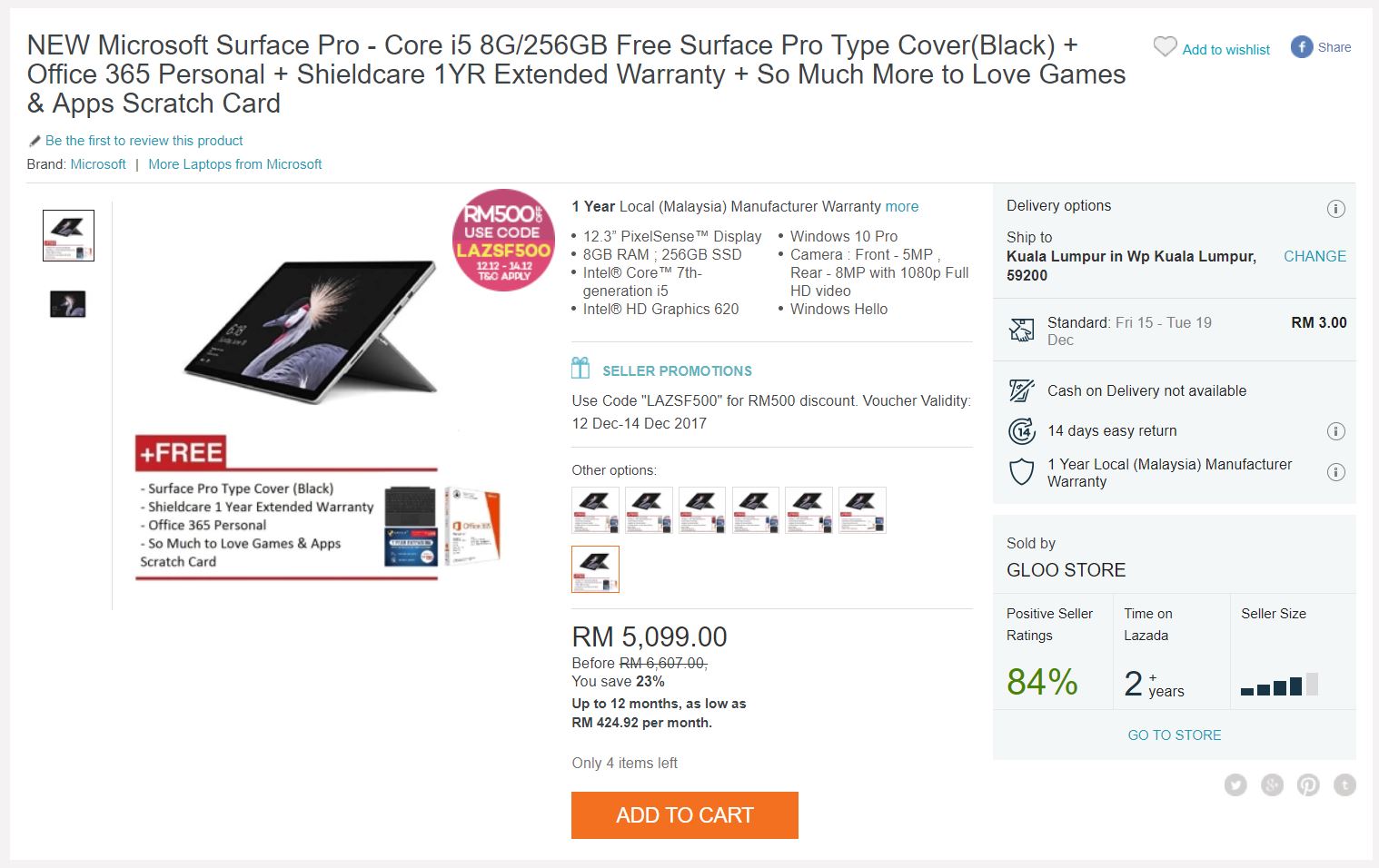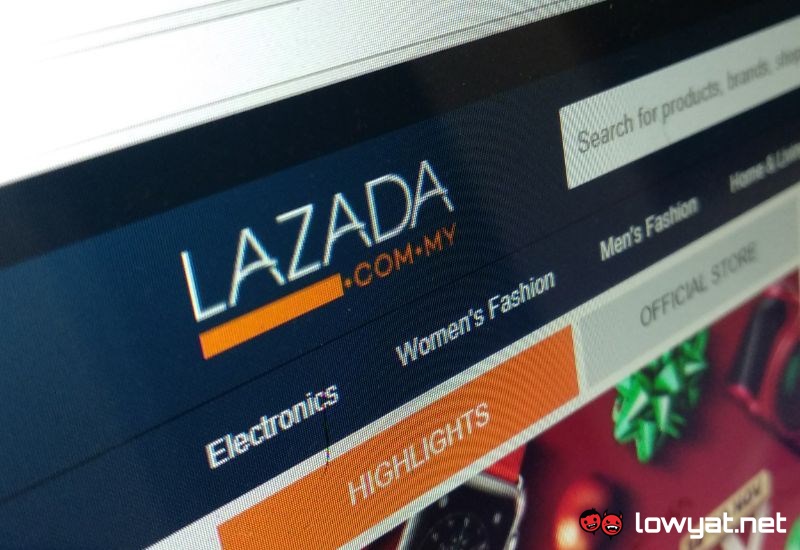Over the past two weeks, we asked you, our readers, to vote for what you thought was the best of 2017. The past year has certainly had its share of memorable events, and we definitely were curious on what you thought of them.
Without further ado, let’s see the results!
What is your choice for the best smartphone of 2017?
Winner: Apple iPhone X (24.6%)
Samsung’s Galaxy Note 8 led for the first few days of the voting period, but Apple’s stunning new iPhone slowly broke away and finished with just over 2% more votes from Samsung’s excellent flagship.
Perhaps it was the breath of fresh air Apple needed. The iPhone X finally brought about a bezel-free display, removing the iconic home button and introducing some fancy new technology in the form of Face ID. Its price will be a stumbling block (it is an Apple product, after all), but the iPhone X definitely struck a hugely positive note among you.
Runner Up: Samsung Galaxy Note 8 (22.2%)
Android’s finest smartphone for 2017 arguably goes Samsung’s way once again. Going back to basics with the Note series, the Galaxy Note 8 unapologetically focuses on productivity and getting more out of your phone. After the Note 7 debacle, the Note 8 came with huge expectations – thankfully, Samsung pulled through.
Which do you think is the best value for money smartphone of 2017?
Winner: OnePlus 5 (32.5%)
We were a little surprised by this, but the OnePlus 5 undoubtedly deserves its spot as the phone with the most value for money – this is OnePlus’ second win in a row for this category.
Xiaomi’s Mi A1 did look like a great bargain of a phone, but you readers rightfully pointed out that the OnePlus 5’s flagship level performance at a hugely palatable price is a far better deal than the Mi A1. Both are in different price categories of course, but we have to agree that in an age when flagship smartphones have now broke past the RM5,000 mark, a sub-RM2,000 flagship is what we could all live with.
Runner Up: Xiaomi Mi A1 (24.8%)
If you need a smartphone around the RM1,000 mark, look no further than the Xiaomi Mi A1. It carries over the excellent value for money properties from the Redmi Note series, and introduces stock Android to a phone that fits comfortably in the hand. The Redmi Note 4 is still a cheaper alternative, but useful features like the dual camera with optical zoom, as well as the appeal of stock Android easily makes the Mi A1 one of the most popular phones released this year.
Which 2017 smartphone had the best rear camera?
Winner: Google Pixel 2/Pixel 2 XL (27.2%)
Google’s all-in move on artificial intelligence is paying off handsomely in many different areas, and its huge strides in computational photography is one such area. The original Pixel already received critical acclaim as having arguably the best rear camera, and this year’s Pixel 2 is another testament to Google’s progress.
Despite having “only” one camera sensor, the Pixel 2/2 XL has a Portrait Mode that is highly accurate. Its HDR+ default shooting mode constantly captures frames before and after an image is taken, and uses the accumulated data from these frames to create a single, perfectly exposed image. The best part? Machine learning algorithms built into the software means the camera is always improving – so next year’s Pixel camera could be mind-blowing.
Runner Up: Apple iPhone X (22.9%)
The iPhone X has a similar dual-camera setup as the iPhone 8 Plus, but its secondary sensor is also optically stabilised, making it only the second dual-OIS rear camera setup around (besides the Note 8). This addition makes for much better performance when using the secondary sensor for zoom and Portrait Mode.
While the Note 8’s dual camera hardware may be better on paper, the iPhone X seems to be the more popular choice among readers: the Note 8 comes in a close third with 21.7% of the votes.
Which is the best smartwatch of 2017?
Winner: Apple Watch Series 3 (47.3%)
With Samsung not releasing a premium smartwatch in 2017, Apple easily ran away as winners for this category. That said, Series 3 is undoubtedly a superior smartwatch based on our own testing, and deserves its spot in this category.
Significantly better performance thanks to a new dual core processor is matched with better than expected battery life – on day to day use, users can expect 2.5 – 3 days of battery life, which is great on a device that used to require daily charging. WatchOS 4 has also been polished further, making much better use of the display on your wrist.
Runner Up: Samsung Gear Sport (26.9%)
Samsung went for a more fitness-based approach for its wearables lineup this year, and the Gear Sport is one of the two wearables it released. It is basically a more focused version of the Gear S3, featuring a smaller and lighter body – and greater water resistance (5 ATM) as well as swim tracking algorithms.
Otherwise, it is essentially the same hardware as the Gear S3, with a similar processor, storage, RAM, and display. The Tizen OS running inside is also the same, with the circular UI and rotating bezel a joy to use. For its price, it certainly looks like a solid smartwatch.
Which is the best premium Ultrabook of 2017?
Winner: Microsoft Surface Pro 2017 (35.9%)
The Dell XPS 13 led the way for much of the voting period, but the new Surface Pro nicked it at the death. The new Surface Pro may just be a processor upgrade, but its sub-800g weight holds a full Windows 10 PC, with options to fit up to a Core i7 processor, 16GB RAM, and a 512GB SSD. It’s 3:2 aspect ratio display is also great for productivity. Meanwhile, the new Signature Type Cover (sold separately) is lovingly covered with Alcantara fabric, adding an extra premium touch to an already excellent machine.
Runner Up: Dell XPS 13 Coffee Lake Refresh (33.7%)
The perennial favourite has been usurped, but only just. The XPS 13 is now showing its age, as other PC manufacturers have now begun introducing their own premium laptops with minimal bezels. The Coffee Lake processor upgrade is yet another refresh, but unless Dell comes up with a brand new XPS 13 in 2018, it may not hold this spot for much longer.
Which is the best premium gaming laptop of 2017?
Winner: MSI GT75VR (26.2%)
This is a downright surprising result – we’d have thought the Acer Predator 21 X would run away with this award, but it only manages third spot. MSI’s flagship laptop for 2017 isn’t the highest-end model in its lineup, but it appears there are some pretty hardcore MSI fans in the country.
But, let’s not take away the fact that the GT75VR is one feature packed gaming laptop. The 17.3-inch display is one of the first to sport a 120Hz GSync panel on a laptop, while the introduction of a low-profile mechanical keyboard makes it a joy to type (and game) on. The option of an Nvidia GeForce GTX 1070 or 1080 GPU gives gamers more flexibility in terms of budget, too.
Runner Up: Asus ROG Zephyrus (24%)
The Zephyrus is the first Asus laptop featuring Nvidia’s Max-Q technology. With it comes some interesting ideas on how Asus managed to cram so much power in a chassis that’s just 2cm thin. Inside this tiny beast is a GTX 1080 (Max-Q), a Core i7 CPU, a generous 24GB RAM, a huge 1TB SSD, and a 15.6-inch Full HD 120Hz panel.
While the ROG Zephyrus is on the pricey side of things, it is a representation of the innovation sweeping into gaming laptops once again. The introduction of Max-Q has spurred this, and we’ll likely see more interesting gaming laptops in 2018.
Which 2017 gaming laptop offers the best value for money?
Winner: MSI GE63VR Raider (19.8%)
MSI clearly seems to have a strong set of supporters here in Malaysia. There are definitely other more affordable GTX 1060 laptops available in Malaysia, but in terms of its set of hardware, the RM7,199 GE63VR Raider does have its appeal.
The GE63VR is the world’s first laptop with a 15.6-inch Full HD 120Hz 3ms panel, while an Intel Core i7 processor, 8GB RAM, and a 128GB SSD + 1TB storage combo rounds up the specs list.
Runner Up: Illegear Raven (17%)
As Malaysia’s most popular indie company for gaming laptops, Illegear definitely has its niche among gaming enthusiasts. Its laptops are usually very well priced for its hardware, and the Raven is a great example. With a huge set of configuration options available, users can easily customise their laptops based on their needs and budgets.
Which gaming peripheral brand makes the best keyboards?
Winner: Razer (38.6%)
Keyboard enthusiasts may scoff at the idea that Razer makes the best keyboards, but there’s no denying the popularity of the brand among gamers. Its switches have recently been improved as well, with Razer promising longer keystroke life. Its esports-ready Blackwidow X Chroma (both the full-sized and tenkeyless versions) are one of the most popular here.
Runner Up: Logitech G (29.2%)
Logitech’s investment in its own mechanical switch, known as Romer-G, has slowly but surely gained its own set of fans. Romer-G keyboards are found in most of Logitech’s gaming lineups, but the company also stocks some solid Cherry MX keyboards.
Which gaming peripheral brand makes the best mice?
Winner: Logitech (42.8%)
Logitech started out making great and long-lasting PC peripherals, and its decades of know-how has resulted in some of the best gaming mice in the market. The G900 Chaos Spectrum is a great example of Logitech’s engineering, with a proprietary wireless technology that has the same latency as wired gaming mice. The company’s expertise trickles down to the lower end of the spectrum as well, with accurate and durable mice such as the G102 Prodigy and G502 Proteus Spectrum.
Runner Up: Razer (37.1%)
A close second, Razer’s mice are arguably more popular than its keyboards. The Deathadder is a favourite of many professional esports players, while mice such as the Mamba, Taipan, Naga, and the Lancehead have their own unique niches.
What is your choice for Game of the Year?
Winner: Playerunknown’s Battlegrounds (35%)
This was inevitable, given its meteoric rise in popularity and active users. It already consistently hit over a million active players while still in Steam Early Access, and even managed to score more active users than both Dota 2 and Counter Strike: Global Offensive during that time. Now that it’s hit version 1.0, the new game engine has resulted in a greatly improved gaming experience, and the developers are constantly updating fans on its social media channels with patch updates.
Runner Up: The Legend of Zelda: Breath of the Wild
Probably the main reason why the Nintendo Switch sold as many units as it initially did, Nintendo’s fabled Zelda portfolio and its unique new gaming device has turned the company’s fortunes. Breath of the Wild is beautiful, a game where getting lost in the world isn’t a bad thing, while its puzzles are satisfyingly challenging. This is easily the one of the best games Nintendo has ever made.
Which is the best telco of 2017?
Winner: Maxis (39%)
With a population that grows ever hungry for mobile data, it is no surprise that Maxis has taken the Best Telco of 2017 award. While its postpaid plans are consistently more expensive than the other telcos, its service and LTE network is arguably the best in the country; its subscribers clearly prefer to pay a little more for a better network.
Which telco offered the best postpaid plan in 2017?
Winner: digi (33.8%)
Capping off a solid year for digi is this award. The telco has been quietly upgrading its network over the year, before it fired its first salvo with the Postpaid Infinite 100 and 150 plans. Both plans were released as online-only promos, and were offered in a “flash sale” style, before closing off the plan. digi reopened subscriptions to the plans a few times over the course of the year, probably to ensure its network can handle the traffic – and to keep interest in the plans high.
Which prepaid plan was the best in 2017?
Winner: U Mobile Unlimited POWER (41.5%)
A runaway winner, U Mobile’s prepaid plan is easily the most competitive plan – especially for those who are heavy social media users. It may only offer 1GB of basic internet for free every month, but with App-ONZ, users get unlimited free high-speed data for use in social media apps with just a RM10 top up. Subscribe to the UMI 30 for RM30 a month, and you get a supercharged prepaid plan with 7.5GB of high-speed data, unlimited App-ONZ as well as unlimited Music-ONZ, and 2.5GB of data allocation for Video-ONZ.
Which telco had the best LTE network in Malaysia in 2017?
Winner: Maxis (59.3%)
Once again, Maxis reigns supreme here. Maxis’ LTE network is the most consistent and fast around, even in areas outside of the Klang Valley. With its users paying a premium for its services, Maxis does not disappoint, with independent studies also backing Maxis’ superior LTE network in Malaysia.
Which telco improved the most in 2017?
Winner: U Mobile (32.5%)
2017 sees U Mobile voted as most improved telco once again. While its postpaid and prepaid plans are arguably the most competitive around, its network remains a weak spot. That might all change in 2018, as the telco has terminated its network sharing agreement with Maxis in order to roll out its own LTE network that it has been heavily investing in.
Which e-commerce platform was the best in 2017?
Winner: Lazada (70.4%)
The winner with the biggest margin in any category this year. Lazada’s undisputed position as the number one e-commerce platform in Malaysia is further cemented this year with its immensely successful Online Revolution sale, breaking all kinds of records along the way. That said, there are still many areas to improve, especially within the logistics side of the business. Let’s hope for an even better shopping experience in 2018.
What was the best feature about shopping online in 2017?
Winner: Voucher codes (33.5%)
2017 is the year Malaysians finally learned to embrace the age of online shopping, and with it, its unique perks. While fast and free shipping was a popular reason for shopping online (26%), and the fact that even more were happy in the knowledge that their purchases have lowest price guarantees (32.9%), voucher codes remain the number one reason for online shoppers.
Which e-commerce platform improved the most in 2017?
Winner: Lazada (42.1%)
Lazada Malaysia’s acquisition by Alibaba is one of the main reasons behind the e-commerce platforms increasing popularity. It has also now gained access to Alibaba’s treasure trove of data and analysis tools, allowing it to further improve its services based on user behaviour on the platform.
What is your choice for Story of the Year?
Winner: The Malaysian data breach – is there anything bigger than this in 2017?
There really isn’t. The revelation that our private information was available for sale to virtually anyone for three whole years without any action from authorities is shocking. The authorities are still investigating the source of the breach, but the damage has clearly been done.
—————————————–
Many thanks to those who voted in the 2017 edition of the Community Choice Awards! We’ll be selecting the winners over the next week before we head off for CES 2018, so do check your inboxes! See you next year!
Follow us on Instagram, Facebook, Twitter or Telegram for more updates and breaking news.



